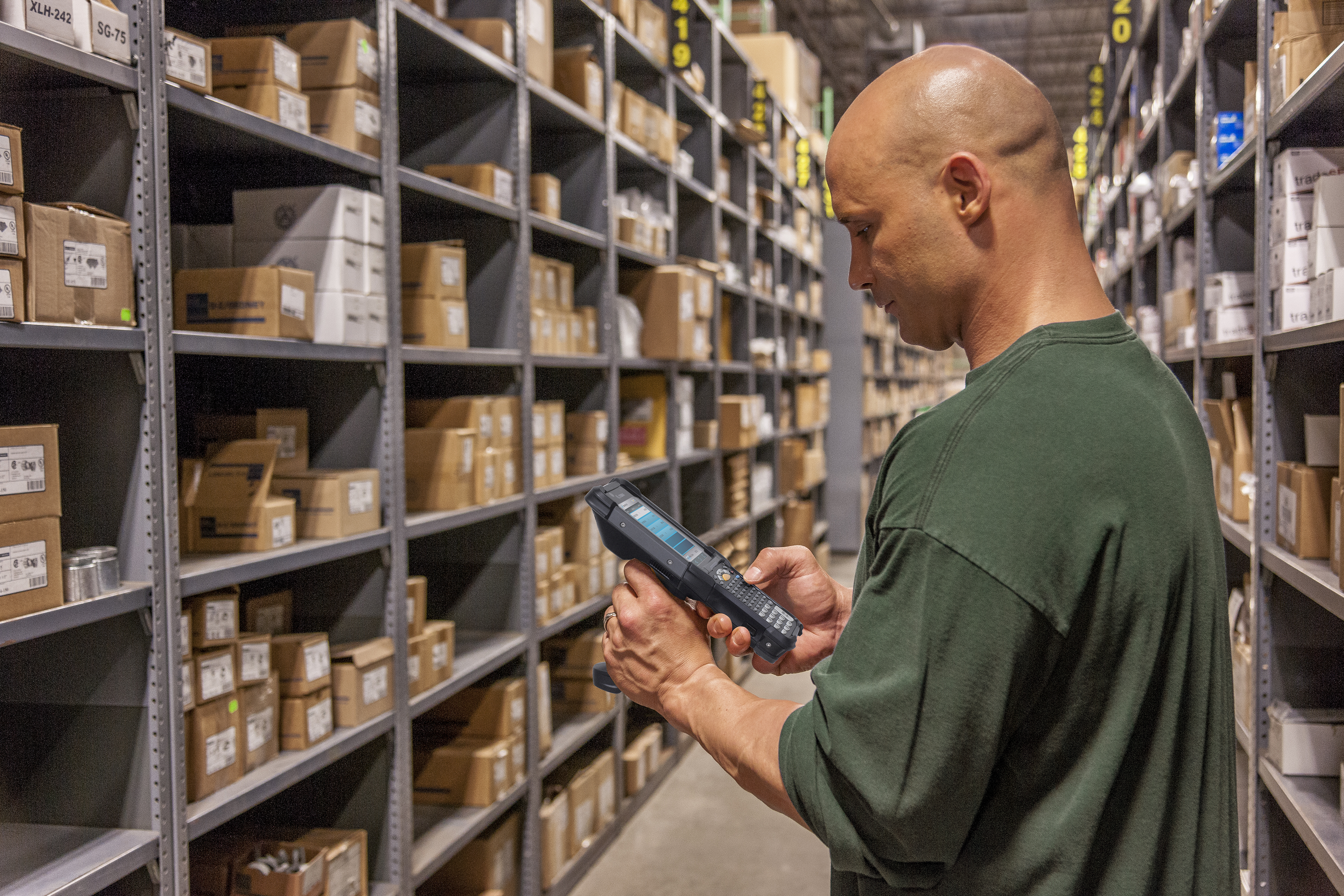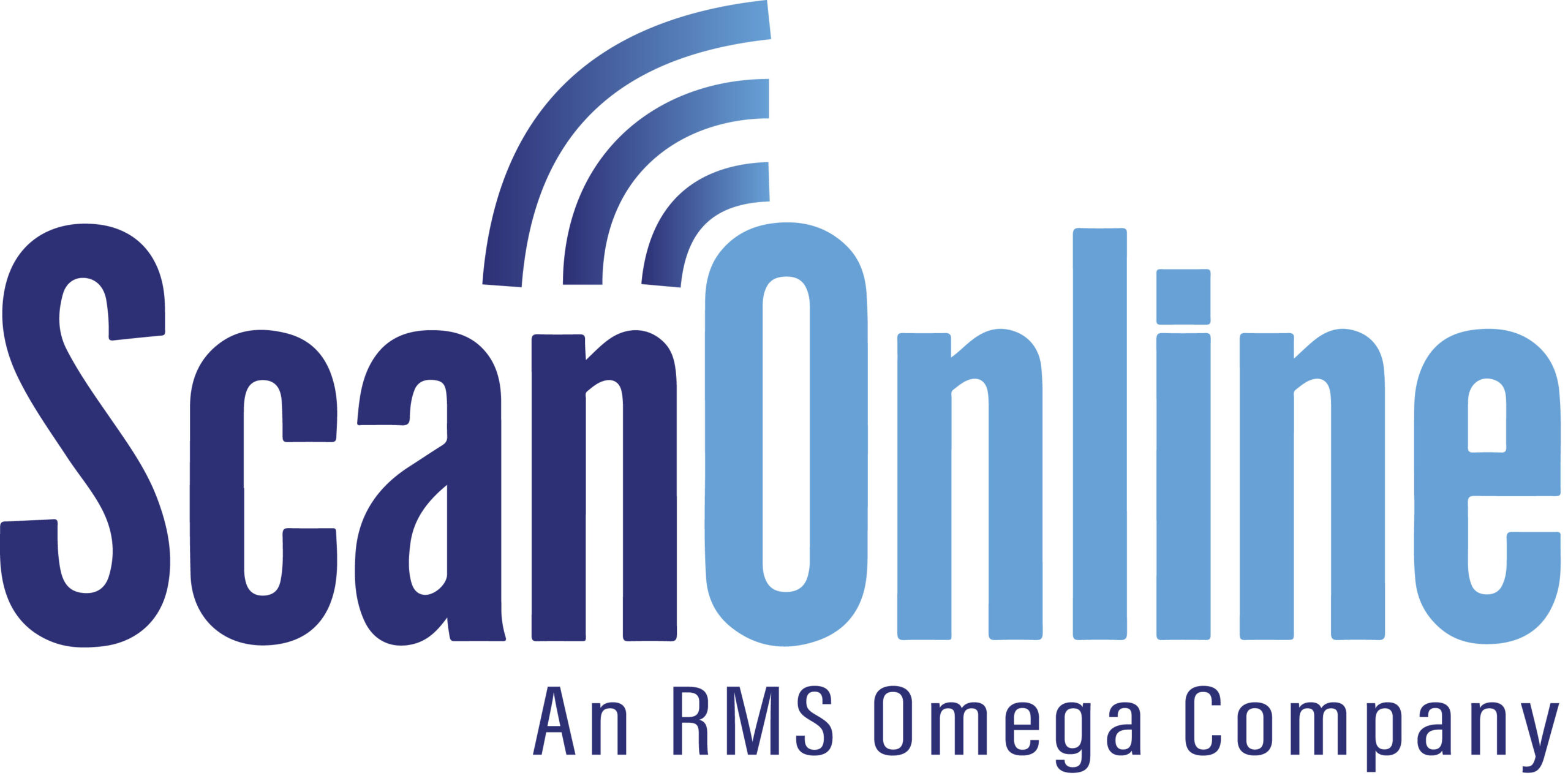 Order picking accounts for over half of the total operational costs a warehouse incurs every year. To help relieve expenses, many automation systems have been created and popularized by tech companies to eliminate the need for repetitive tasks while safeguarding accurate inventory counts.
Order picking accounts for over half of the total operational costs a warehouse incurs every year. To help relieve expenses, many automation systems have been created and popularized by tech companies to eliminate the need for repetitive tasks while safeguarding accurate inventory counts.
Nevertheless, warehouses still struggle to implement new systems. Some reasons may include the onboarding process and the length of time it takes to complete a system integration project. Furthermore, many organizations worry that downtime could yet occur post-deployment. Then, of course, some companies may balk at the price tag, favoring their old ways of tracking, tracing, and reporting the daily activity in a warehouse. Despite initial costs, avoiding automation may be more expensive in the long run.
Without the proper tools, warehouse expenses may increase as businesses strive to correct mis-shipments, inventory misplacement, and fulfillment delays. While correctional costs vary for every business, most can expect to lose…
- 5 to 15 minutes assembling the wrong order
- Up to $20 in outbound shipping costs per parcel
- Up to $3 in return fees per item
- About $10 spent to cover handling charges
For small and growing businesses that now ship hundreds of orders per week, these numbers often equate to heavy financial losses that surpass digitization costs over time. To lower operational expenses while preventing errors, small and medium-sized warehouses are encouraged to automate operations with:
 Multi-Purpose Mobile Devices
Multi-Purpose Mobile Devices
Instead of paying maintenance costs and licensing for multiple handheld devices, consider consolidating major tasks –such as scanning and two-way communication– into one multi-purpose handheld device. Zebra’s MC9300 exemplifies this setup by streamlining several productivity applications, long-range scanning, and inventory checks through one ergonomic terminal.
Flexible Network Infrastructure
Rigid, aging connectivity infrastructures are not welcoming to new technologies or growing labor pools. As a result, growing warehouses should prioritize refreshing their wireless networks to meet these new business volume demands and look to install systems that incorporate multiple connectivity options as well. Solutions that include WiFi6, 5G, and Bluetooth together will ensure consistent device performance and minimize signal interference. Your network is now the heartbeat of a modern warehouse; doesn’t it deserve to be top of mind? Too many technologies – from hardware to software – depend on it.
Easy-to-Adopt Android for Enterprise
To maximize data security and simplify deployment, we recommend adopting the latest Android operating system as a standard. The important thing for supply chain users to note here is the fact that the rugged handheld market favors Android or Windows by a wide margin. It’s also worth mentioning that Android is by far the most used operating system in the world, in 71% of all devices. As with any popular OS, ongoing security patches and a familiar user interface is something to be expected, but managers also have some flexibility in terms of system customization, through Android’s developer tool set. Moreover, Zebra’s LifeGuard application adds an extra layer of security along with government-grade encryption and two-factor authentication to access data.
 Proactive Device Management
Proactive Device Management
While easy to overlook at first, mobile device management reduces correctional and maintenance costs by keeping your devices functional around the clock. Furthermore, with an as-a-service support model, you can continue to lower costs by choosing services that best support your unique workflows, such as spare-pool management, real-time software monitoring, and network performance management, to name a few.
Taking the First Step with GO Zebra
Many vendors exist in the warehouse modernization space, and we highly suggest you take your time to do your research on every potential candidate you find in the field. Dedicated Zebra Partners, with a background in supply chain management, are a good place to start, such as ScanOnline, as they have programs in place for your industry to help lower all entry costs. The GO Zebra Trade-in Program, allows customers to swap outdated devices for streamlined technologies, which results in steep discounts. Relieve bottlenecks and enable seamless workflows when you:
- Integrate a qualifying upgrade
- Submit a claim form within 90 days of your invoice date
- Trade in outdated devices from any manufacturer and get cash rebates toward your upgrade.
Future-forward automation doesn’t have to be complex. As a matter of fact, a dedicated solution provider should strive to simplify the digitization process as much as possible to mitigate downtime during implementation. For more information on how you can get started, feel free to reach out to our team.
